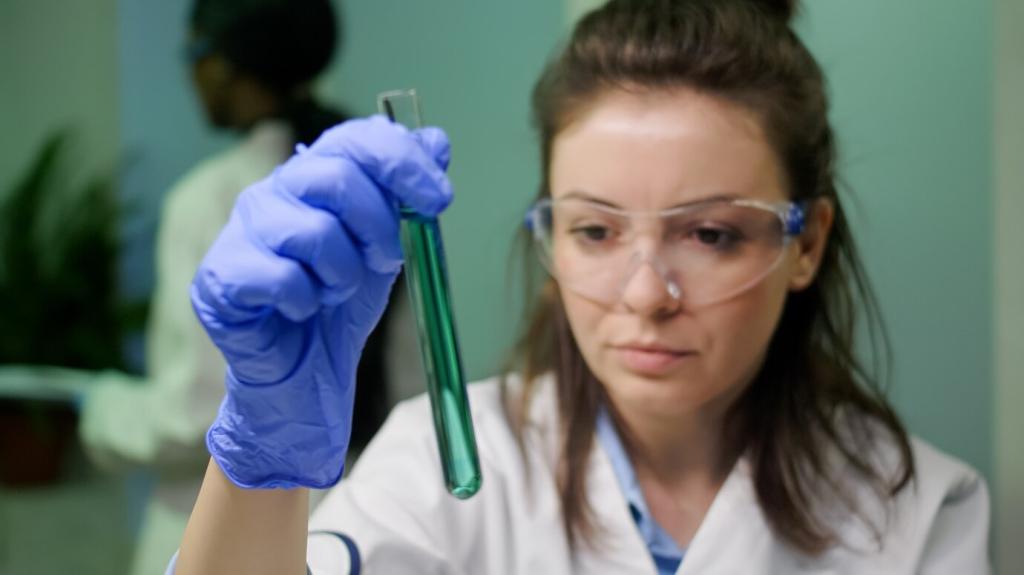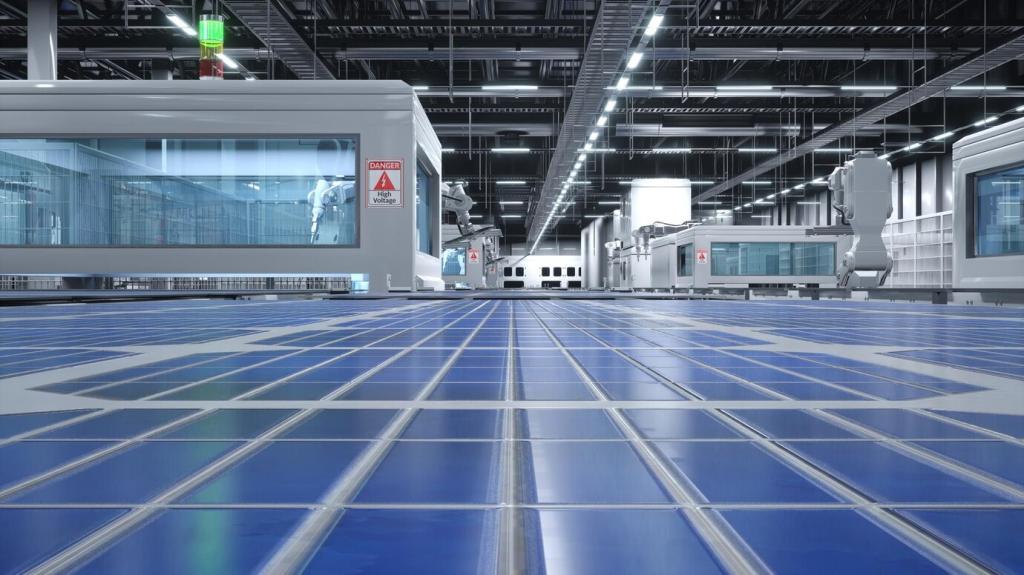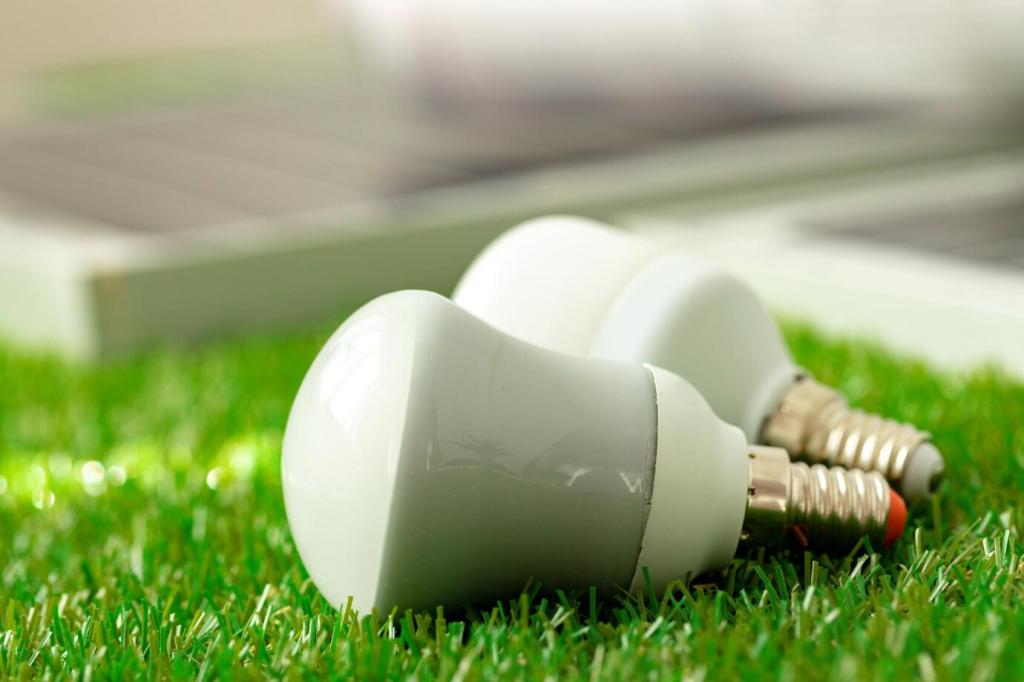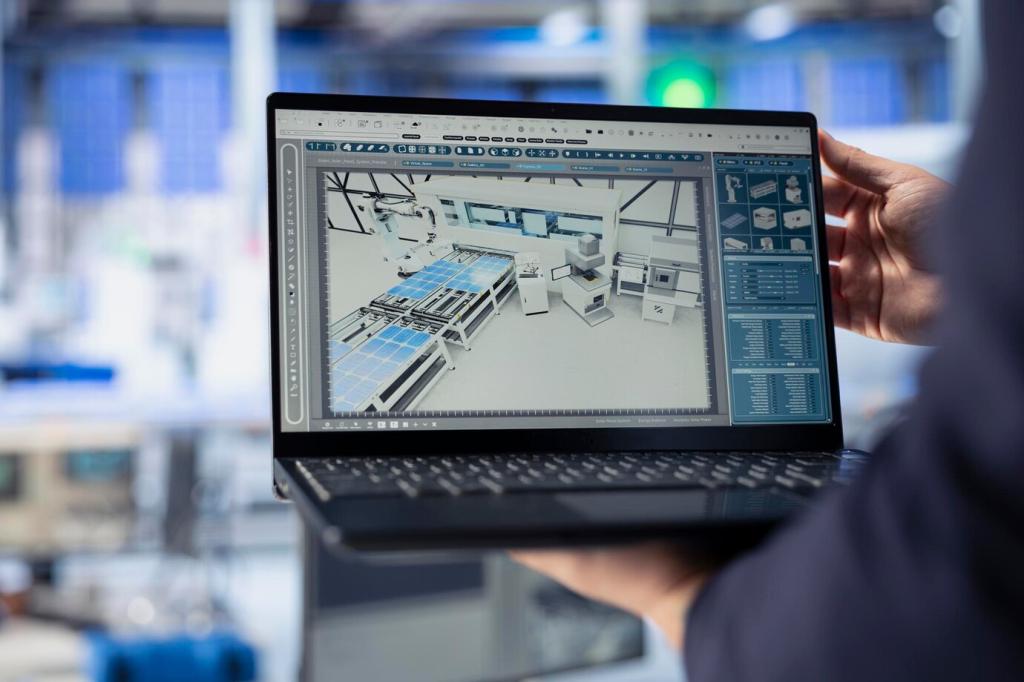Smarter Choices, Fewer Regrets: Shopper’s Guide
Seek specific standards: EN 13432, ASTM D6400, OK compost HOME, or BPI certification. Look for disposal instructions that match your local infrastructure. Transparent brands explain conditions, timeframes, and end-products, not just vague eco-sounding adjectives.
Smarter Choices, Fewer Regrets: Shopper’s Guide
Do separate compostables from recyclables to avoid harming both streams. Do remove non-compostable stickers and caps. Don’t assume home composting works for industrial-only items. When uncertain, ask your hauler or drop a question in our comments.






